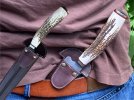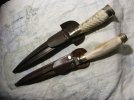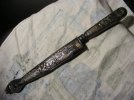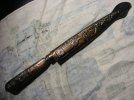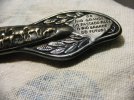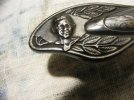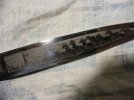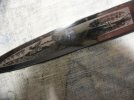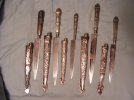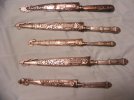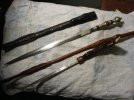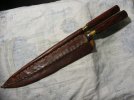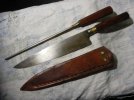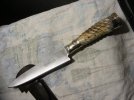Trubetzkoy
Basic Member
- Joined
- Jun 3, 2022
- Messages
- 424
Maybe they sheathed it for a left-handed person, who would carry it on the other side.It has always bugged me that the Who-ca's blade is backwards in its sheath from all my others.
[...]
I made up a yarn to explain it, but I think the people who packed the knife just made a mistake. So, finally, duh- wet-forming is so quick and easy, why not just fix it?
Good thing I have others to play with while I endure the agony of waiting for it to dry.
Something that might help to shape the sheath to your preferred blade orientation is using a hammer or a mallet to gently hit the sheath on the (new) spine side as you push the blade in. I usually do this when I make this type of sheath from scratch, as it helps stretch and flatten the leather where the spine will be.
p.s.: I really like the look of that fluted antler!






